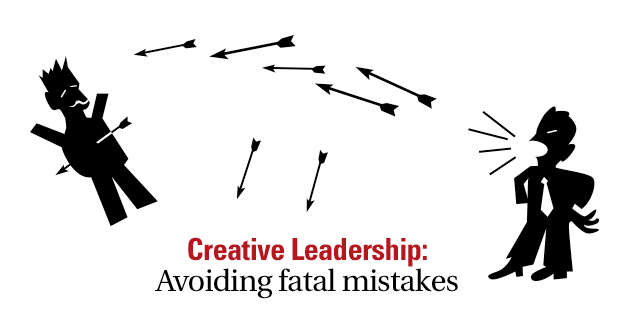
Who You Influence: 5 Types of Followers
Either people are on board with your leadership or not, right? Nope.
There are degrees of influence and different types of followers. The mantra of “get on board or get off” does not take into account the numerous types of followers and differing levels of leadership influence.
Most definitions of leadership allude to influence as the key driver. But I do not believe leadership and influence are synonymous—leader and follower exchanges are more complex than mere influence. However, leaders do influence followers. And the influencing process is made complex because followers are not a monolithic group.
Knowing how to influence begins with an understanding of who is following you. In her work, Followership, Barbara Kellerman identifies five types of followers based upon their level of engagement with the leader.
The isolate is completely detached. No influence exists between leader and follower. A formal relationship of power may be in place, such as between a congressman and constituent, but an isolate does not know or care about the leader.
The bystander observes the leader but does not participate in any interaction. These followers make a decision to stand on the sidelines. A small amount of influence occurs in this type of relationship. The bystander’s decision to withdraw, however, points to a position of neutrality about the leader.
The participant is more engaged and clearly favors or disfavors the leader. These followers are willing to invest time and resources in support or opposition of the current leadership.
The activist has strong emotional feelings about the leader. They act on these emotions and work hard to support the leader (or to undermine the leader). These followers are highly engaged with leadership and are often closely connected to many of the activities in which leaders are involved.
The diehard is the most engaged with leaders. These followers are willing to die for the cause of their leaders, often exhibiting deep devotion. Conversely, diehards who oppose the leader would die in order to remove the leader. A diehard forms an all-consuming identity around the leader and his or her causes.
As a leader, I would like to think most of my followers are supportive diehards. But it’s not the case. Most likely, it is not the case in your leadership role either. Understanding the types of followers (and who is in each camp) is critical to knowing how to influence. Believing people are simply on board or not will cause you to place too much distance between bystanders and participants. Focusing too much time on supportive or opposing diehards causes a leader to lose sight of the masses. Good leaders understand that knowing how to influence includes understanding the complexities of who to influence.
Read more from Sam here.

Tags: Leadership Engine, Sam Rainer, Staff, Staff Development





























